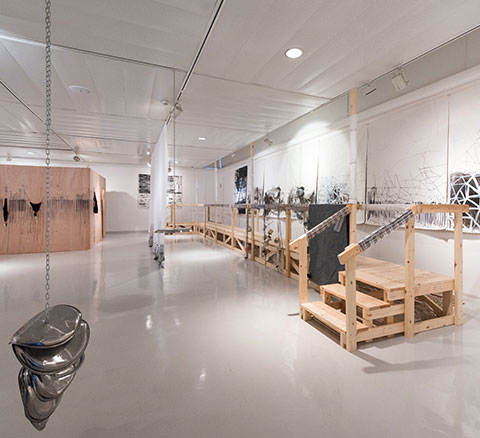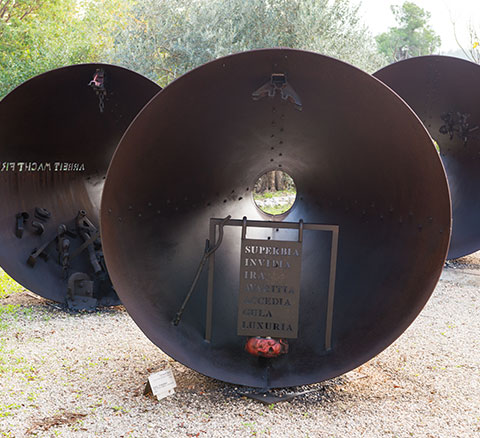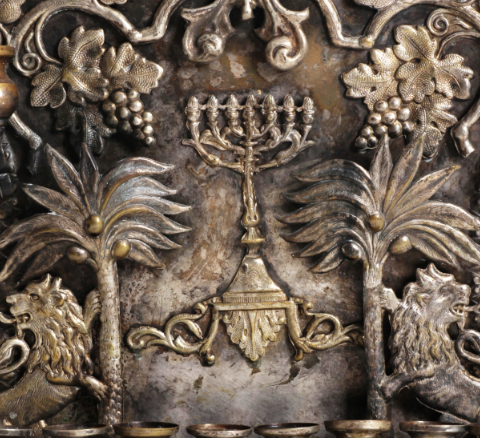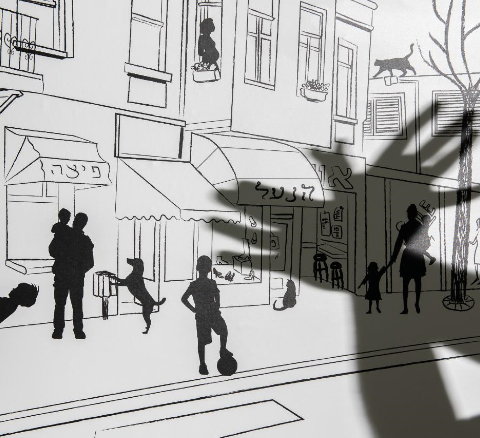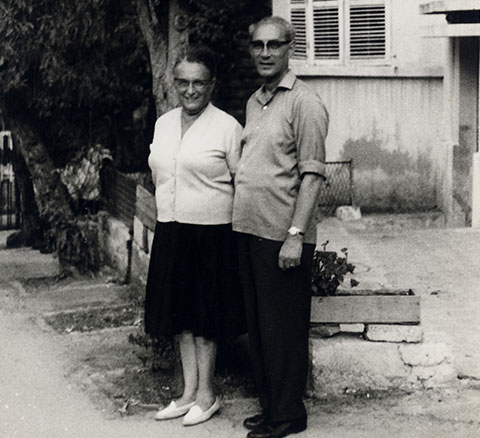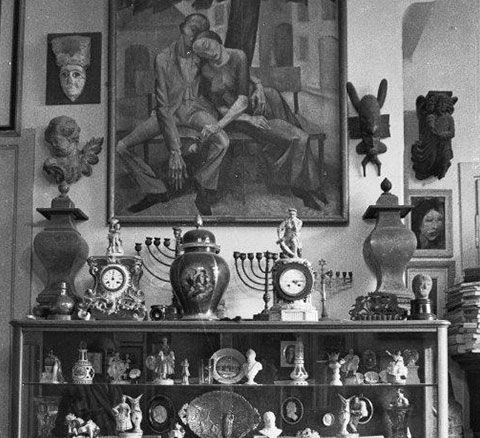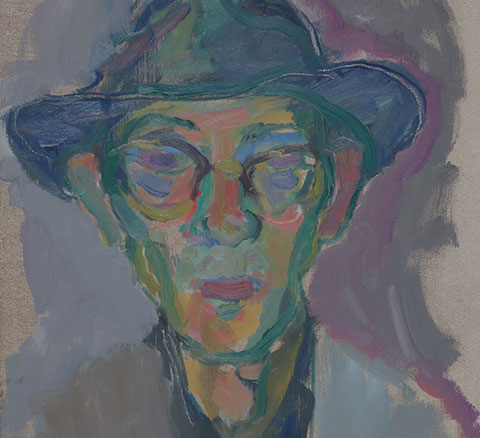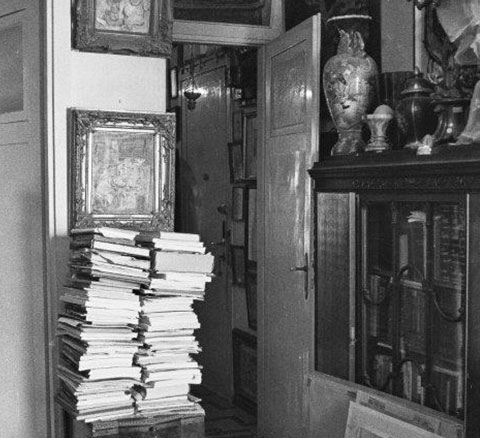Visitors are invited to a green and multi-colored Galilean experience at the art museum named after the mythical Haifa collector Moshe Bar-David and his wife Tova. The museum is located in Kibbutz Baram, immersed in an intoxicatingly beautiful mountain landscape, and the road to it winds between mountains covered with pine and oak forests.
The museum is the only one of its kind in the Galilee. It presents within its walls permanent exhibitions and changing exhibitions of the best artists working today in the field of contemporary art and reflecting the spirit of the times. Also, the museum operates an art center for children and youth, and annual themed exhibitions are presented in the Hebrew and Arabic languages. The exhibitions combine experiential activities and experiences. The activities and trainings are adapted to kindergartens, schools and all educational sectors. The exhibitions are suitable for families, individual visitors, tours and independent activities.
The museum has three permanent exhibitions: “Tradition and Continuity” – an exhibition that makes the Jewish tradition accessible to the viewer through rare Judaica objects in combination with Israeli art as an extension of the exhibition’s theme. The exhibition presents a rare series of paintings on glass, which is one of the pearls of the museum. The eight glass paintings tell the story of the sale of Joseph in the baroque style, and the series is attributed to the school of the Italian artist Luca Giordano.
In the museum’s sculpture garden, several important works by the artist Yigal Tomarkin are displayed, among them “The Divine Comedy” – inspired by Dante Alighieri’s masterpiece, and the sculpture “The Angel of History” – a tribute to Walter Benjamin, who wrote the article “The Angel of History” inspired by the painting “Angelus Novus” “(The New Angel) by Paul Clay.
An intimate display of archeology on the upper floor closes the circle of permanent displays in the museum.
The museum has a special art collection that is displayed from time to time. The collection embraces the history of Israeli art from the early days of the Bezalel Art Academy to the present day. In a collection a rare representation of international art from the Expressionist movement, whose artists included Jewish artists who worked in Germany before World War II.
The museum sets aside an exhibition space for the nationalities of the north in the museum entrance, and individual exhibitions are presented there. This is how the artistic activity in the north is revealed. Also, the visitor to the museum is exposed to a wide variety of exhibitions, contemporary nationalists and young nationalists at the beginning of their artistic career. The exhibitions open a window into the spirit of the museum and its attempt to challenge the boundaries of art. As a museum located not far from the border with Lebanon, this issue takes on a philosophical resonance.
Ifergan Avi
manager and treasurer
Bar David Museum



